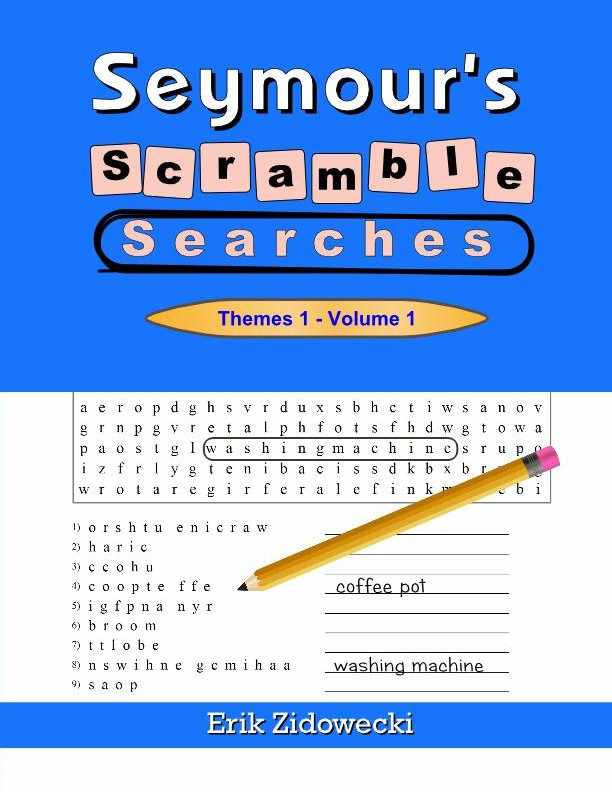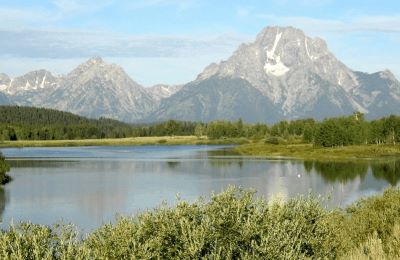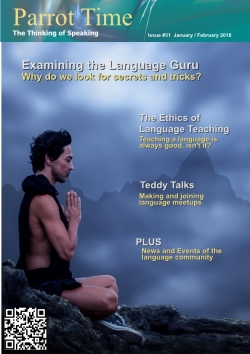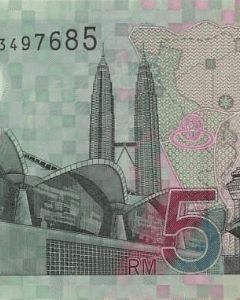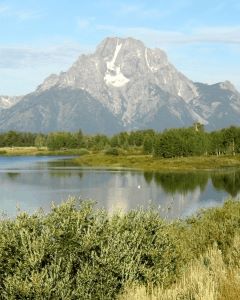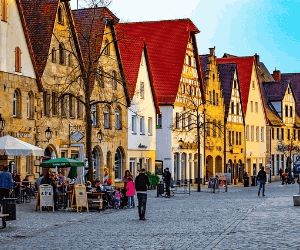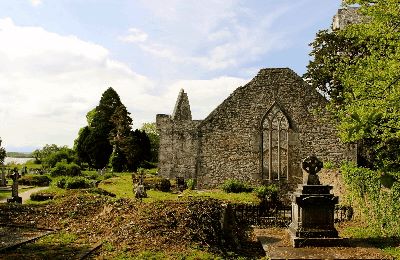
Australia's Indigenous Languages
According to researchers in Australia, the country's indigenous languages can be traced back to a single, common tongue.
Published in the Diachronica linguistics journal, the report is the first to prove that all of the languages, more than 200 languages of which were spoken at the time of British colonization in 1788, derive from the same mother tongue, known as Proto-Australian. According to linguists, it was spoken about 10,000 years ago.
Linguists have long debated the subject in Australia.
"Until now, it was speculated that Australia was significantly more linguistically diverse than somewhere like Europe because it had not been proven that all Australian languages actually stemmed from the same lineage," said Associate Prof Mark Harvey from the University of Newcastle, Australia.
He went on to say that although there is an estimated 120 indigenous languages still existing, only about 20 are actively spoken today.
According to researchers, the language family had spread and diversified from a small area in northern Australia.
"Where you have the greatest diversity is where the original forms [of language] were, so your standard starting point would be the Kimberleys [in Western Australia] and the Top End [upper Northern Territory]".
The findings did not, however, fit well with the existing understanding of how the populations had moved across the continent, and this is important because people migration is usually regarded as a key factor in how languages spread, Associate Prof Harvey said.
"So there are still lots of questions about how we understand the pre-history of Australia," he said.
Created To Promote Doric
Ever heard of Doric? Quite possibly not. It is the name for Northeast Scots, which is the Scots language as spoken in the northeast of Scotland.
While it has an extensive body of literature in the form of poetry, ballads, and songs, it is not widely known.
The North-East Scots Language Board has been formed in Aberdeen to promote Doric and the North-East Scots language. It will be composed of representatives from Aberdeen's two universities and north east councils and will aim to promote other local dialects from the north east of Scotland as well.
One goal is to work with schools to make the dialect more accessible to children, and part of that is a Scots language course being launched at the University of Aberdeen.
Thomas McKean, director of the Elphinstone Institute at the University of Aberdeen, said "It's important that young people see themselves - and the language they speak - reflected back at them in public life. Just as children need to see diverse gender and race role models, they need to know that someone who speaks their native language can be a success in any walk of life.
"We want to open doors for the language that it hasn't been able to walk through before."
| News Brief | ||
| Writer: | Erik Zidowecki | |
All images are Copyright - CC BY-SA (Creative Commons Share Alike) by their respective owners, except for Petey, which is Public Domain (PD) or unless otherwise noted.
|
Searching for language resources? Find entertaining and educational books for learning a language at Scriveremo Publishing. Just click the link below to find learning books for more than 30 languages!
| |
comments powered by Disqus
